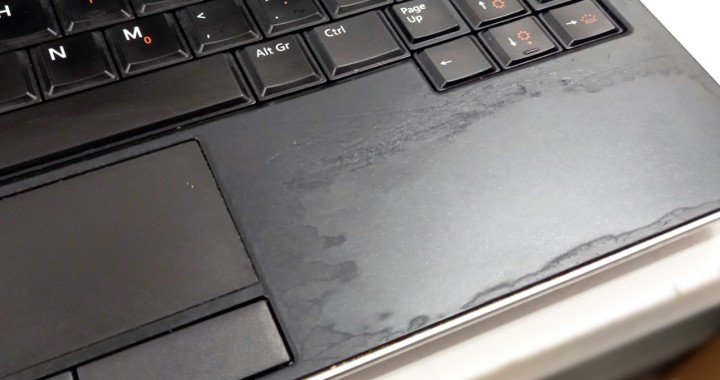Welcome to the ValorosoIT blog, the point of reference for vintage electronics and IT enthusiasts! If you have ever found yourself faced with vintage objects with an annoying rubbery patina, then you are in the right place. In this article, let's try together an effective method to clean and remove melted and sticky rubber, returning plastics to their original shine... but without the annoying sticky feeling!

The problem of melted, sticky rubber
Anyone who has dealt with vintage items has undoubtedly encountered the problem of loose, sticky rubber. Personally, this has happened to me with the interior plastics of my beloved 1994 Fiat Coupe and, more recently, with my Dell Latitude E6230 laptop. But don't worry, with a little patience and the right products, we can easily solve this annoying problem, removing the sticky rubber and bringing the underlying plastic back to the surface.
Necessary products
Before going into the details of the procedure, make sure you have the following products available:
- A powerful degreaser, such as Chanteclair.
- 90% denatured ethyl alcohol (some use isopropyl alcohol, but I have seen that the results are excellent even with the alcohol that is normally purchased in supermarkets).
- An abrasive microfibre kitchen sponge, non-scratch, with two sides: one soft and one more abrasive.
- Optional: a product renews car dashboard plastics to ensure a brilliant finish.
- Some cotton or microfibre rags to gently dry the treated surfaces.
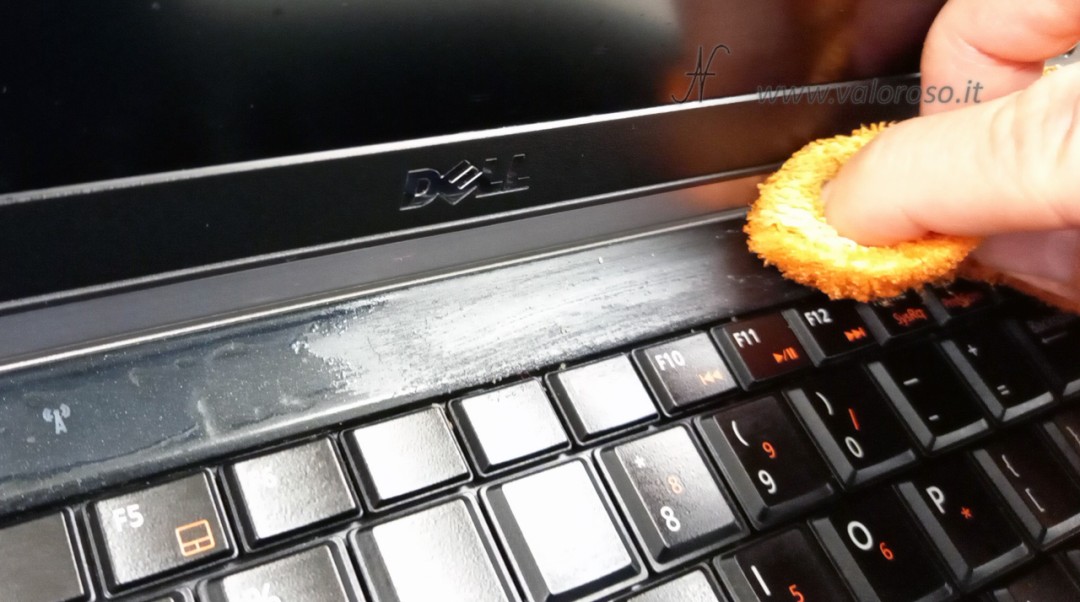
Procedure for cleaning loose and sticky rubber
Now that we have all of our products ready, we can proceed with cleaning up the loose, sticky gum. Follow these steps carefully for best results.
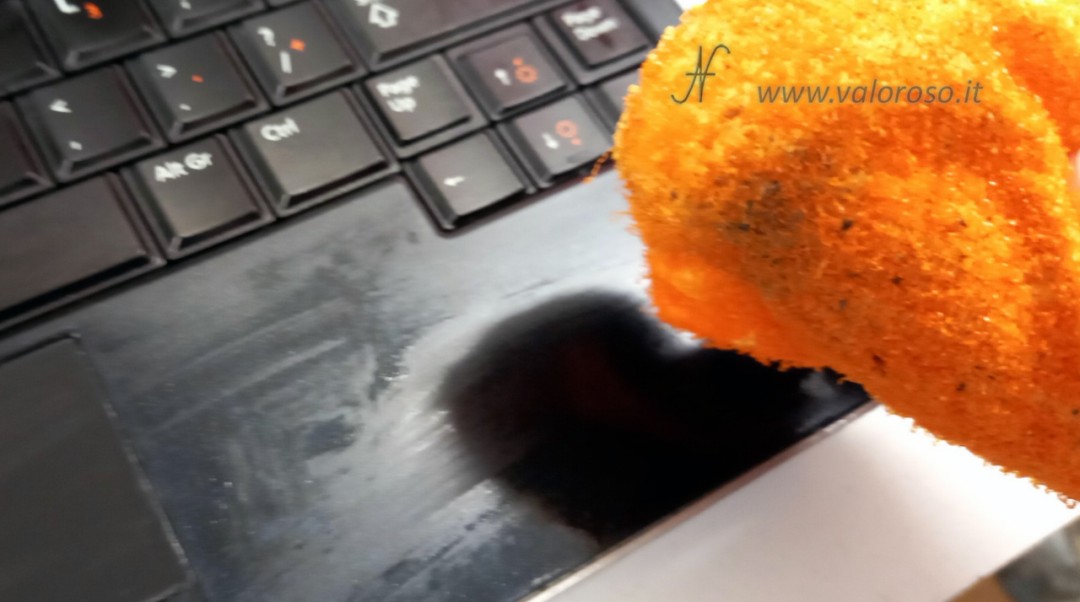
- Preparation: First of all, make sure you unplug your computer from the power supply and, if possible, remove the battery as well. Work in a ventilated environment.
- Removing sticky rubber, step 1: apply a generous layer of degreaser only on the parts affected by the melted rubber. Carefully prevent the product from entering the keyboard or computer. Using the microfiber scouring pad, gently scrape away the layer of melted rubber.
- Removing sticky rubber, step 2: apply ethyl (or isopropyl) alcohol to the areas treated with the degreaser, to remove the melted and sticky rubber even more vigorously. Make sure not to let the liquid get inside the computer.
- Repeat steps 1 and 2 of removing the loose gum until you achieve the desired result, i.e. you have removed all of the now sticky gummy coating!
- Rinsing and Drying: once the loose gum has been removed, wipe with a cloth moistened with water to remove all alcohol and degreaser residues. Dry the surfaces thoroughly.
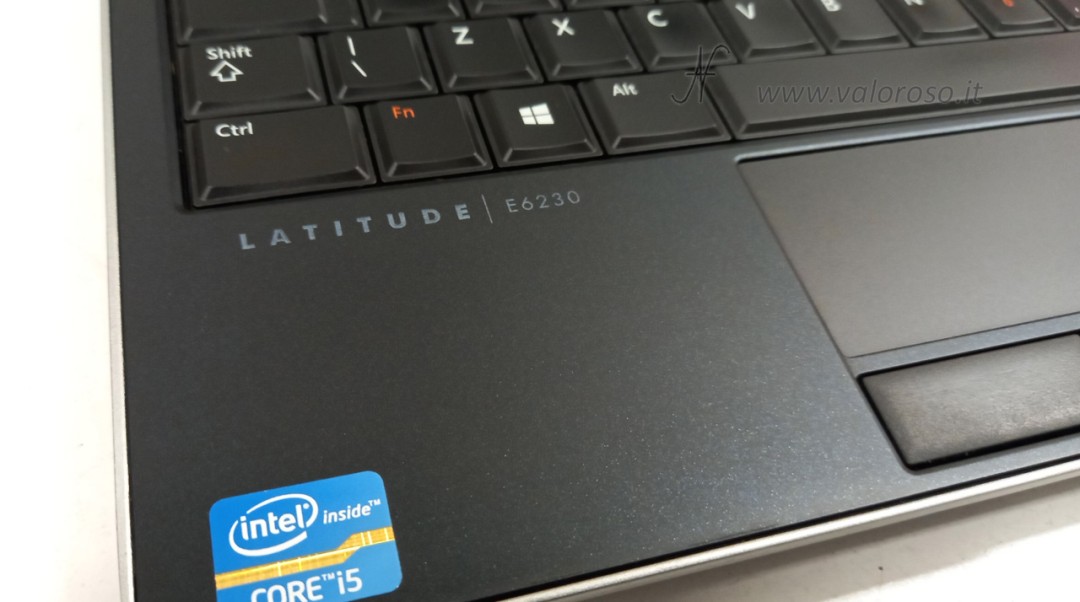
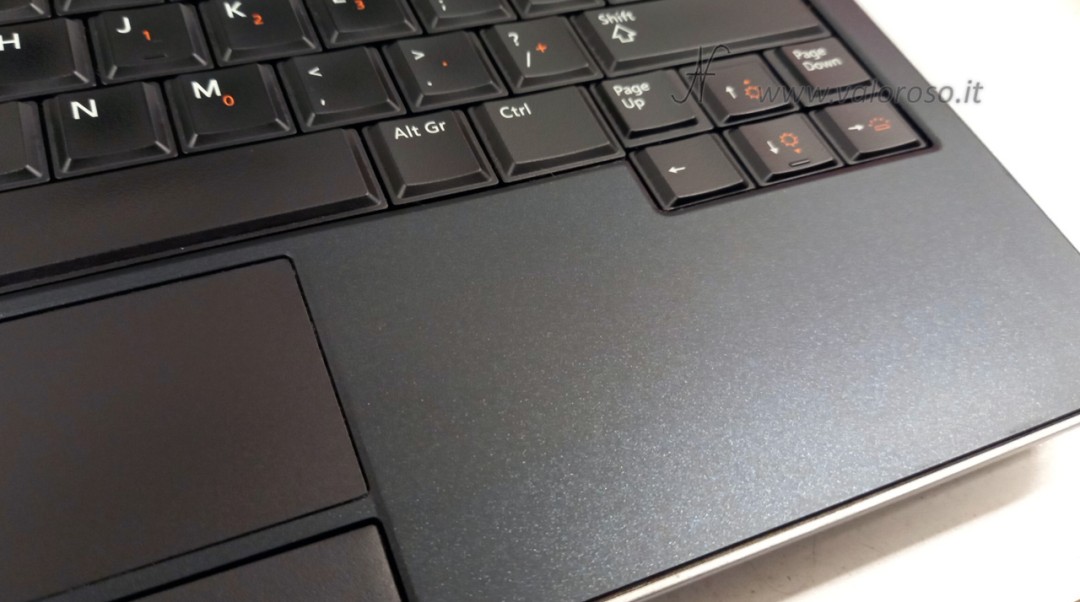
Advanced options: renew plastics and paint
Once you have completed removing the loose rubber and cleaning the plastic underneath, you may want a finishing touch to ensure a flawless appearance and additional protection. Here are two advanced options to consider:

- Application of the plastic renewer: if you want a shiny and protective result, you can opt to use a plastic renewer for car dashboards. These products are designed to brighten treated plastics, making them darker and protecting them from sunlight. Apply the product carefully following the manufacturer's instructions. After application, dry carefully using a microfibre cloth to obtain a uniform and shiny result. Personally, I chose this option for my Dell Latitude laptop.
- Painting of the treated parts: if you want a completely new and long-lasting look, you can consider painting the treated parts. After carefully cleaning the surfaces, apply a primer suitable for plastics, followed by a layer of paint in the desired colour. Apply a transparent protectant to ensure greater durability and resistance over time. I chose this option for my Fiat Coupé. I advise you to consult specific tutorials for painting plastics, since it is not a simple operation.
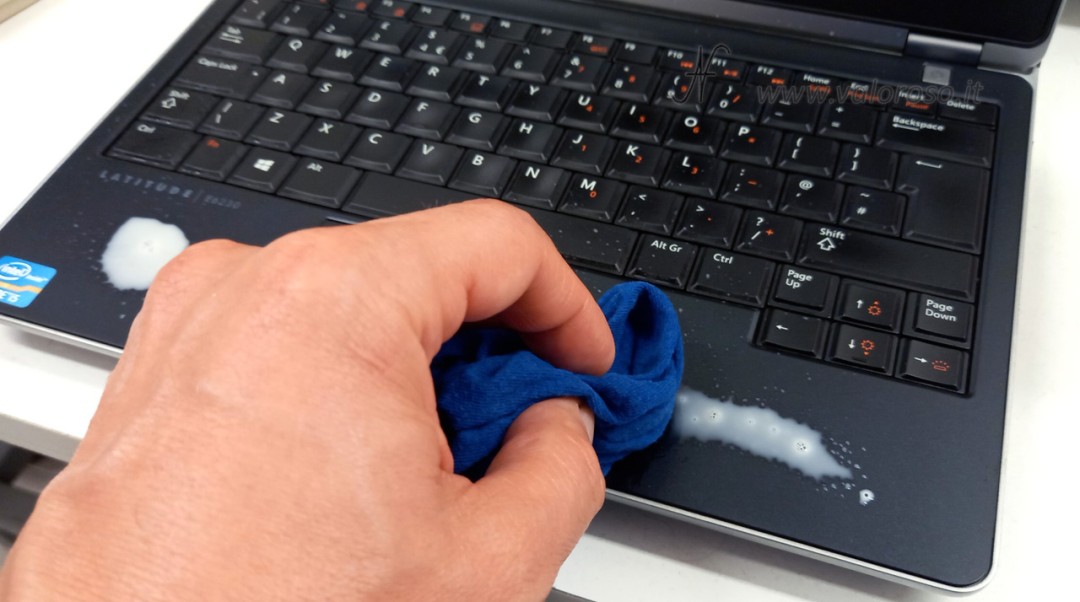
Precautions to keep in mind
Throughout the process, it is crucial to pay attention to several precautions to avoid harm to yourself and your computer:
- Work in a well-ventilated environment, because chemicals are volatile and it is unhealthy to breathe them.
- Avoid letting liquid products penetrate inside the computer, they could cause irreparable damage.
- Be sure to protect your monitor and other delicate plastic parts from the chemicals used. Do not use degreaser and alcohol on parts not affected by the melting of the rubber.
- If you opt to use the plastic renewer, apply it carefully and dry the treated surfaces carefully. Since the product is a bit slippery, be careful not to apply it where you normally keep your computer, as it could slip.

Let's stay in touch!
Don't forget to share your experiences with me and follow me on YouTube, Instagram, TikTok @ValorosoIT for further advice and tutorials. I'm also on Facebook. Stay tuned for more adventures in the world of vintage electronics!
